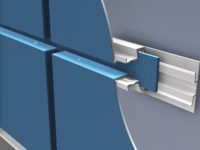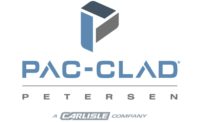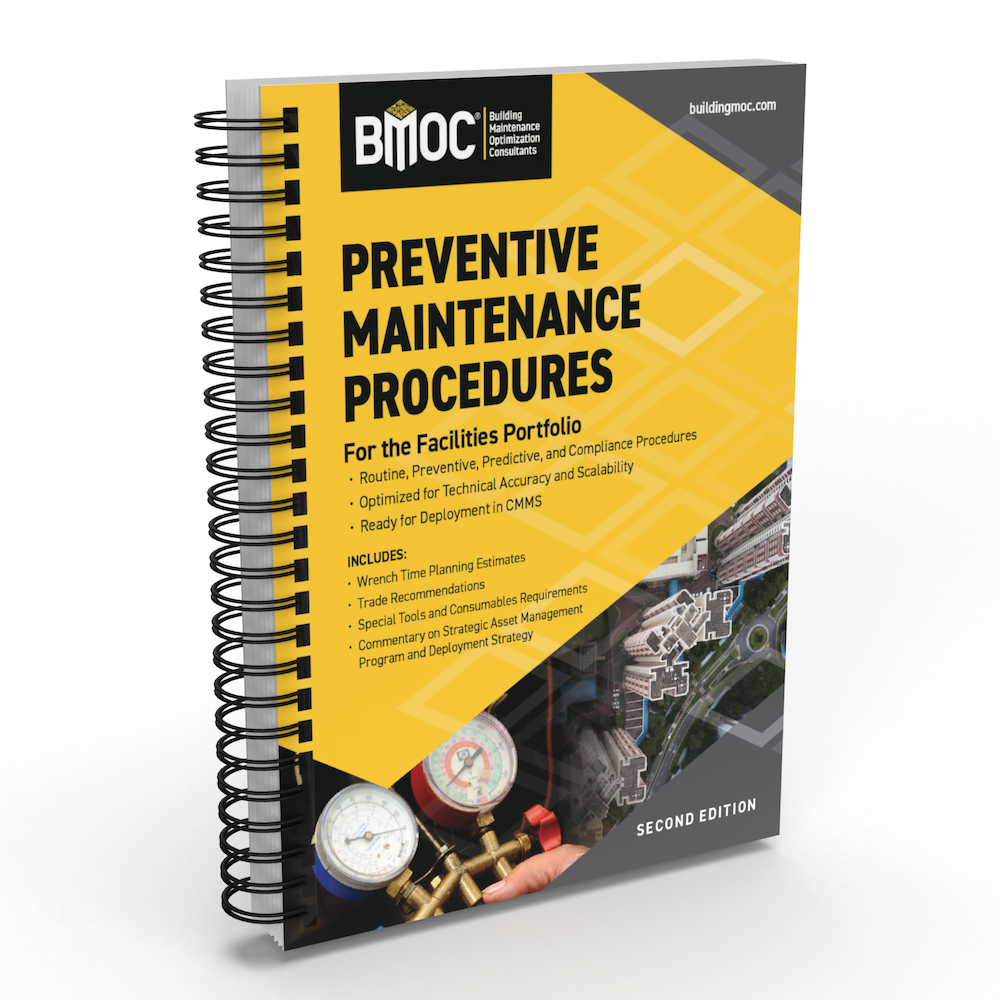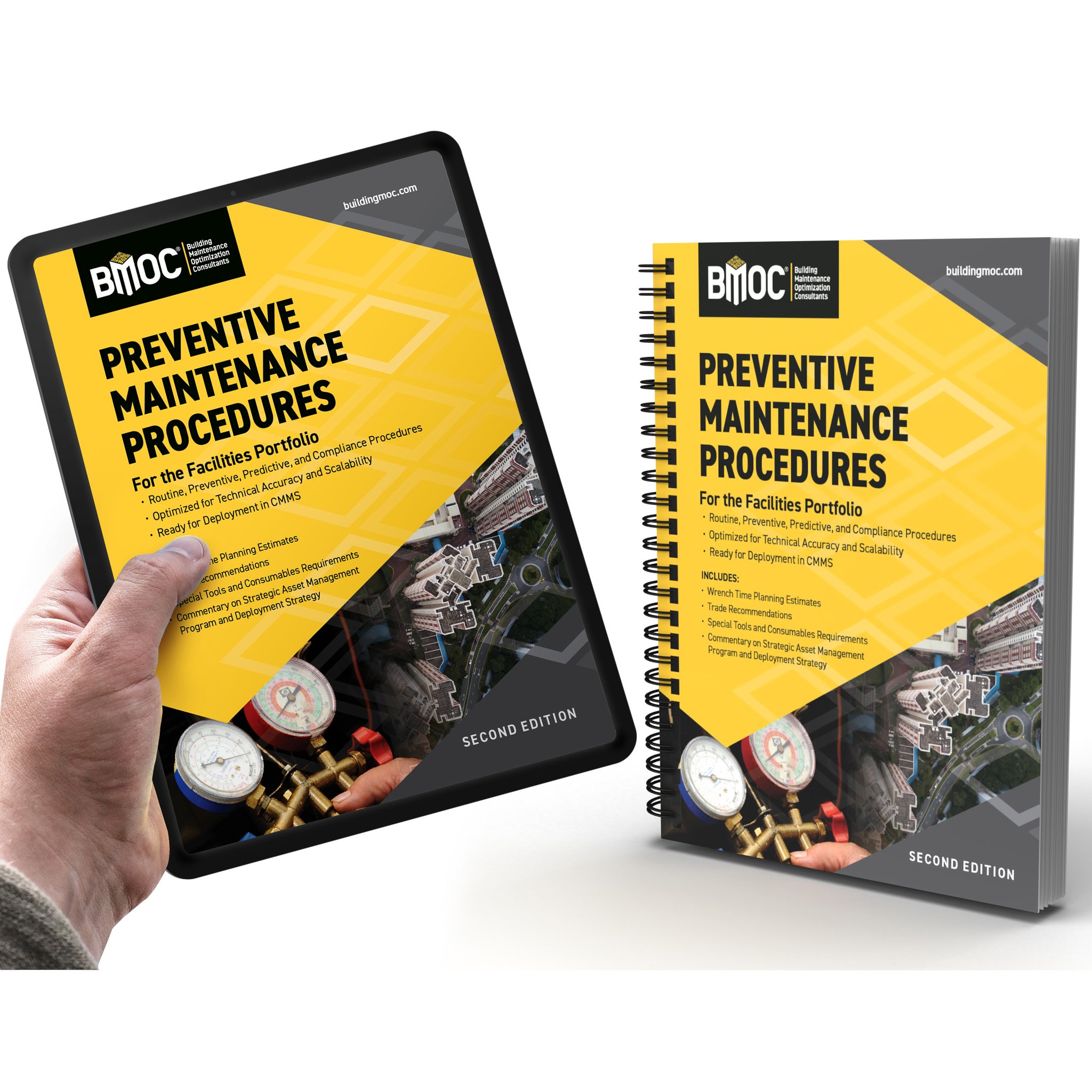Texas-based Priest & Associates Consulting, LLC., through an engineering evaluation, determined that current code-evaluated exterior insulation and finish systems (EIFS) adhered to DensElement Barrier System are compliant with NFPA 285. According to their evaluation, it can safely replace exterior gypsum sheathing in current code-evaluated EIFS designs.
Brent Paugh, President of Georgia-Pacific Gypsum, says the acknowledgement speaks to the strength of the DensElement Barrier System: “This kind of recognition is a tremendous advancement for an important product,” he said. “And with the increased use of continuous insulation across all climate zones, NFPA 285 compliance is essential to ensure the safety of building occupants.”
Priest & Associates Consulting based their evaluation method on the NFPA 285 test method, which stacks two noncombustible rooms on top of each other, to simulate two stories of a multi-story building. The fire test is designed to evaluate the flame spread properties of exterior walls containing combustible components. In the evaluation, the DensElement Barrier System with Prosoco FastFlash at sheathing joints and fasteners is covered by an exterior insulation and finish system.
Current NFPA 285 EIFS approvals provide for an exterior sheathing over the steel framing in the base wall at a ½" or ⅝" thick specification. DensElement Barrier System is ⅝" thick and it is noncombustible. It may replace the listed gypsum sheathings found in the EIFS approvals.
“Architects, building owners and general contractors no longer have to settle for regular gypsum sheathing when installing NFPA 285-compliant EIFS,” added Brent Paugh. “They can confidently choose DensElement™ Barrier System and take advantage of the labor and time savings it offers.”
DensElement Barrier System is an integrated approved water-resistive and air barrier (WRB-AB), is ABAA evaluated as an air barrier, and is under a MasterSpec specification - 061656 Air and Water Resistive Sheathing Board – to reflect its advancement in sheathing.






